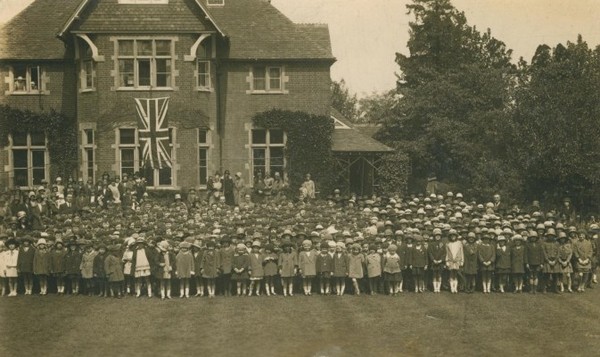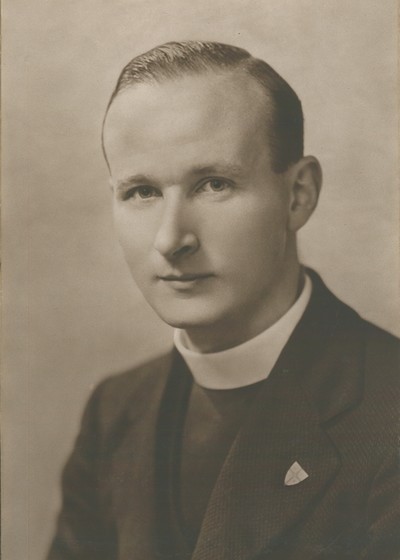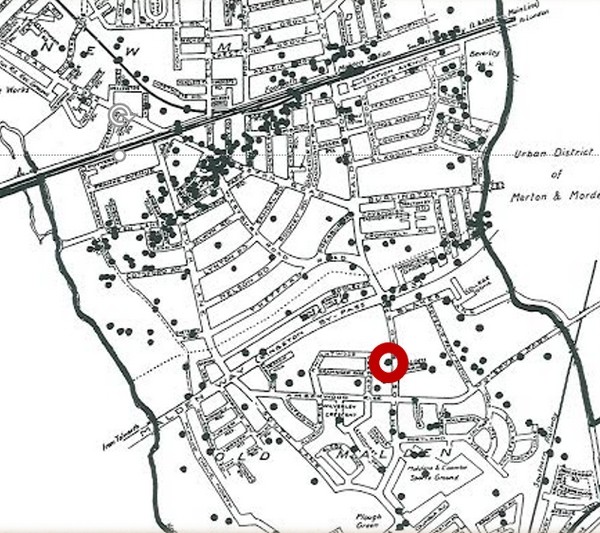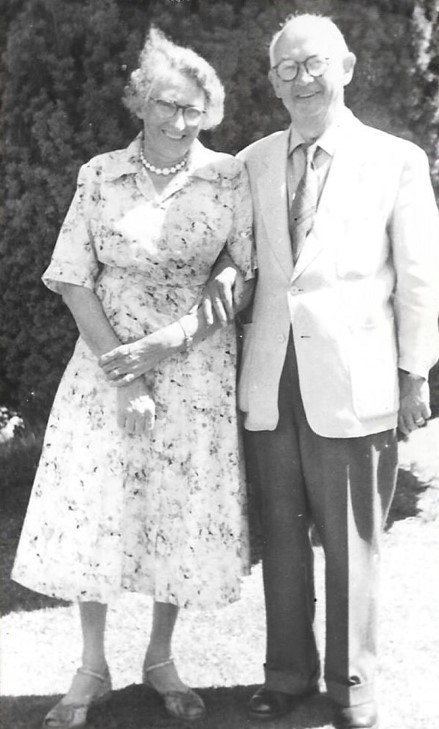Life at Christ Church: 1935 to 1944
Throughout his time at Christ Church, Willoughby Habershon continued to exercise very strong leadership through a principled and highly organised approach to church life. This included ending the sales and fêtes that had developed in Mr Birkett’s time as a means of raising finance for the church.
Several members were upset about this, mainly because of the resulting loss of fun and community. Mr Habershon was clear, however, that a church’s finance should be raised by the giving of its members. The organisation of this was significantly improved with the introduction in February 1939 of several aspects of church finance now taken for granted: detailed annual accounts, a single bank account, an annual budget and the appointment of a Church Treasurer. An annual ‘Missionary Gift Day’ was also introduced.
A motion to abolish pew rents at Christ Church, however, was lost and it wasn’t until 1962 that this form of revenue, with all of its social implications, finally ended.
Coronation Celebrations
The coronation of King George VI in May 1937 was marked by Mr Habershon exhorting the congregation: ‘We Christian people have a great responsibility to support our King, not only in the loyalty of patriotic allegiance but also by prayer and intercession’. Services were held at Christ Church and St John’s to mark George VI’s coronation.
The photo below shows Christ Church school gathering outside the Vicarage to celebrate the coronation of King George VI in 1937.

John Pendlebury
A particular tragedy in February 1941 was the death of John Pendlebury when a bomb struck the bungalow where he lived with his family. He was just 32, and had been the second Curate-in-Charge of St John’s from December 1939.

Accounts of the details of his death vary. One account Hearing a bombing falling towards his house, Pendlebury (who also served as an Air Raid Warden), pushed his wife and young daughter under a table meaning that they survived whilst he was killed.
The map below map marks where bombs fell on New Malden during the Second World War, including the one that hit 169 Malden Road where Pendlebury lived.

Around 100 residents of New Malden were killed by bombs during the war and around 500 homes were lost.
Christ Church during the Second World War
From the start of Britain’s entry into the Second World War on 3rd September 1939, its effect was felt at Christ Church. Members of the church were ‘called up’ and the evening services during the winter of 1939 were relocated to 3.30 pm, to comply with the blackout regulations.
Mr Habershon is described by William Authers as being ‘usually first where bombs fell’ with his help ‘gladly given regardless of danger’.
By the winter of 1940, heavy and expensive blackout curtains, hung across the windows at Christ Church, enabled the evening services to return to 6.30 pm.
Church Pastoral Aid Society
In 1941 the patronage of Christ Church passed from the Duke of Cambridge to the Church Pastoral Aid Society (CPAS). The patron of a church possesses the right to nominate its prospective incumbents. The patronage being secured by an evangelical society was seen as crucial to ensuring the maintenance of this tradition at Christ Church.
David Burton and Reg Ellis
One of the features of this period at Christ Church was the beginning of two incredibly long tenures as Churchwarden. David Burton (pictured below) became Churchwarden in 1940, continuing in the role until 1970.

Reginald Ellis (pictured below with his wife Annie) became Churchwarden in 1942 and continued in the role until 1969.

David and Reg are the longest serving Churchwardens in the history of Christ Church.
(Atkinson Bachhoffner stands in third place with 26 years between 1908 and 1934 and in fourth place is John Henson with 16 years between 1985 and 2001.)
| Life at CCNM 1921-35 | Building CCNM 1935-44 | Life at CCNM 1944-58 | ||
